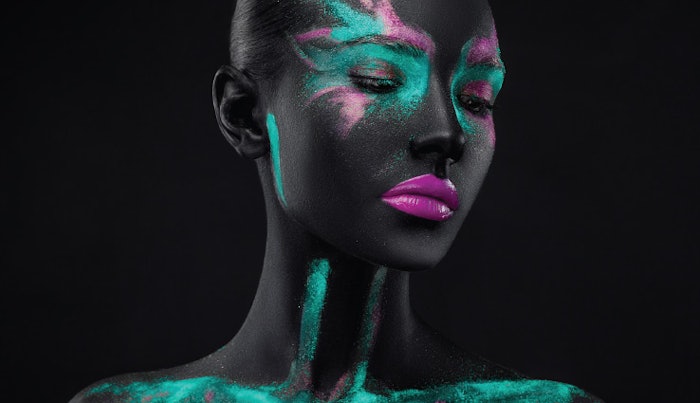
Bioart is a novel concept to me, although it’s been around since 1997. Recently, it was highlighted in Stir World,1 and for those who are unfamiliar, it employs live tissues, bacteria, fungi, virions, other living organisms, life processes, etc., to create art. The Massachusetts Institute of Technology (MIT) featured bioart in the exhibition, “Symbionts: Contemporary Artists and the Biosphere,” (which closed in February, sorry). According to MIT, the display was intended to “prompt us to re-examine our human relationships to the planet’s biosphere through the lens of symbiosis.”2 Good timing.
Symbiosis has become an overarching theme in beauty — or perhaps biobeauty? Take the skin microbiome, for example. Science has only begun to uncover our interrelationships with it. Or, on a larger scale, consider the industry’s array of efforts to become more eco-friendly and sustainable.
This issue of Cosmetics & Toiletries explores symbiotic relationships in cosmetics R&D. On Page 24, Dayan proposes synthetic biology, or synbio, as a potential solution to ingredient supply challenges. This process taps into bacteria, yeast and fungi to produce molecules of interest.
On Page 34, Jeffries, et al., demonstrate precision fermentation using yeast to produce bioidentical palm oil alternatives. Leveraging our own cellular biology, on Page 28, Besic Gyenge, et al., describe an ingredient to activate autophagy in the hair follicle and energize scalp hair and eyelash growth.
In relation, also in hair, Marsh and Cornwell, on Page 38, delve into its various structural bonds to consider how bond builders repair damage. In fact, another arguably symbiotic connection is between hair and skin, which consumers have mashed up in the skinification of hair craze. This trend and its evolution is discussed on Page 7 by social media influencer Esther Olu. And, on Page 14, the Expert Opinions piece shares current and future ideas for the restoration of hair — not surprisingly, skinification came up here, too.
We hope our latest issue is symbiotic in that it benefits your product development work. We also hope it drives innovation forward as the industry explores this biobeauty space.
References
- 1. https://www.stirworld.com/see-features-can-the-recent-revolution-in-bioart-revise-human-
relationship-to-the-planet - 2. https://listart.mit.edu/exhibitions/symbionts-contemporary-artists-biosphere











